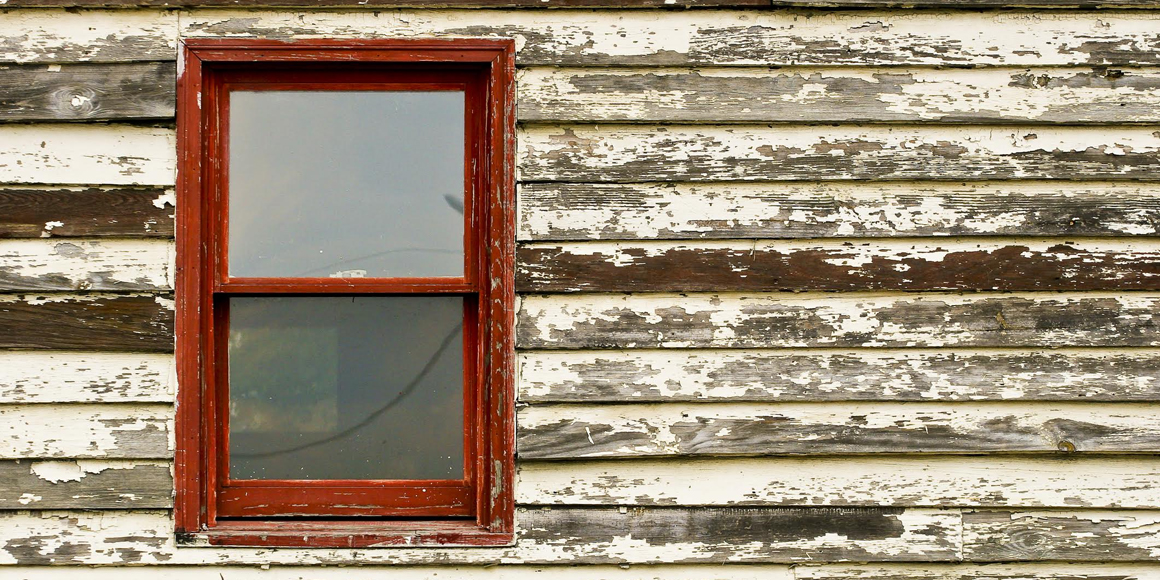General Coating Failure Cause and Prevention
Builders, manufacturers, painters, and facilities maintenance all have enough to worry about without wondering how long a coating will last. A tremendous amount of money is spent every year as a result of paint and coating failure, leaving the substrate exposed and accelerating the rate of deterioration. The cost of repairs typically outweighs the cost of the initial application due to the fact the asset will be in use, and abnormal accommodations will be made to fix the issues.
What are the Most Common Causes of Coating Failures?
Coating failures predominantly result from poor surface preparation, poor environmental conditions during application, improper application or improper formulation. Determining and understanding the fundamental cause of the failure is a critical first step in planning how to fix it and prevent future occurrences.
- Coating Failure by Surface Contamination is the most common type of coating failure. Proper bonding between the coating and the substrate requires proper surface preparation. Not properly preparing the surface prior to coating can leave surface contamination making the coating application fail by lack of adhesion, blistering or peeling.
- Environmental Conditions Application during improper air purity, cleanliness, temperature, or excessive moisture or air movement often reduce the effectiveness of the adhesion of the paint causing pinholes, cracking paint, and fisheyes.
- Improper Application Techniques Improper application refers to any coating failure due to the coating not being applied correctly such as inadequate or excessive thickness of the applied coating causing orange peeling, sagging, or running.
- Improper Formulation such as improper mixing of components causing chalking, checking, cracking, and erosion.
How do I Determine the Cause of my Coating Failure?
Determining the cause of a coating failure is a multi-step process. Important information must be collected such as the coating type, coating specifications, environment during application, application procedures and service history. These records should be recorded and kept as part of the quality control reports on the job. Physical evidence (paint chips, substrate samples) from the project is necessary to determine why, how, and when the failure occurred. By answering these questions, future failures may be prevented.
How do I Prevent Coating Failure in the Future?
Protection form corrosion, overall aesthetics, or litigation are all good justification for failure investigations. If justified, a logical remediation plan must be developed and implemented. The first step should begin with an examination of the failed coating and the substrate. The site inspection documentation should include information regarding the coating application and/or specification, current history of the failure, maintenance record keeping, and records on past failures if applicable. A non-destructive examination of the failure, with extensive photographic documentation is warranted in combination with laboratory analysis. Specimens should be selected, identified, and collected for further laboratory testing and analysis from the failure location and potentially subsequent tightly adhering system.
A multitude of testing methods are available for failure analysis of paints and coatings. Highly calibrated laboratory equipment can detect even the smallest of imperfections on a specimen, and accurately identify the inherent characteristics. The first step of analysis should begin with an examination of the coating sample that failed with the naked eye, followed with a microscopic examination using a stereo microscope. Magnifications of 50x or less can reveal that one of the layers is brittle, cracked, or that an entire layer of coating is missing. Magnifications from 50x to 1000x can be used to examine the cross section of failed coating samples for voids or inclusion, as well as observation of underlying corrosion on the substrates. Other physical test and inspection instruments are available to test surface cleanliness, film thickness, adhesion.
What Kinds of Chemical Analysis can be used for Determination of Coating Failure in the Laboratory?
A chemical analysis of the paint or coating, as well as the substrate is typically the next step. Chemical analysis used in the laboratory for coating failure can include:
- Fourier transform infrared spectroscopy (FTIR) for identification of the sample's chemical makeup.
- Scanning electron microscopy (SEM) which uses electrons to produce high resolution images for examining closely spaced features.
- Energy dispersive x-ray spectroscopy (EDS) to approximately characterize and quantify the elemental composition of the sample.
- Auger electron spectroscopy (AES) for determination of the elemental composition of conductive and semi-conductive surfaces, and elemental depth profiles. This information can then be utilized to solve problems associated with surface appearance, cleanliness and bonding.
What Kinds of Environmental Conditions Contribute to the Breakdown of Coatings?
Environmental conditions such as salt spray, UV light, moisture, oxygen and heat all contribute to the breakdown of the coating. Accelerated environmental exposure tests, such as salt spray (fog) tests, humidity tests, and ultraviolet light (QUV) exposure tests can help to confirm the reason for the failure of the coated substrate sample.
What are the Final Steps of Investigating a Coating Failure?
Analysis and review of the data and documentation are the final steps of the investigation of the coating failure. All information is gathered and analyzed to determine the probable cause of the failure and to establish a recommendation for corrective action. A final report including all relevant data, analyses, and recommendations are compiled and presented.
So, if your coating has failed, first investigate. Gather coating data, type, specifications, quality control/quality assurance documentation from the project, and any other helpful information. Next, if justified collect samples and have them tested in the lab. Then analyze the data for cause and corrective action. To prevent the coating failure in the future, make sure that the coating is not defective, test the surface for contaminants prior to application, test your environmental conditions during application and closely follow specifications. Following these guidelines will help save time and money further down the track.
For information on specific paint defects see: Blistering Paint, Cracking Paint and Other Paint Defects and Solutions
Visit our Protective Coatings Industry Page for Surface Preparation and Protective Coating Test Instruments.
